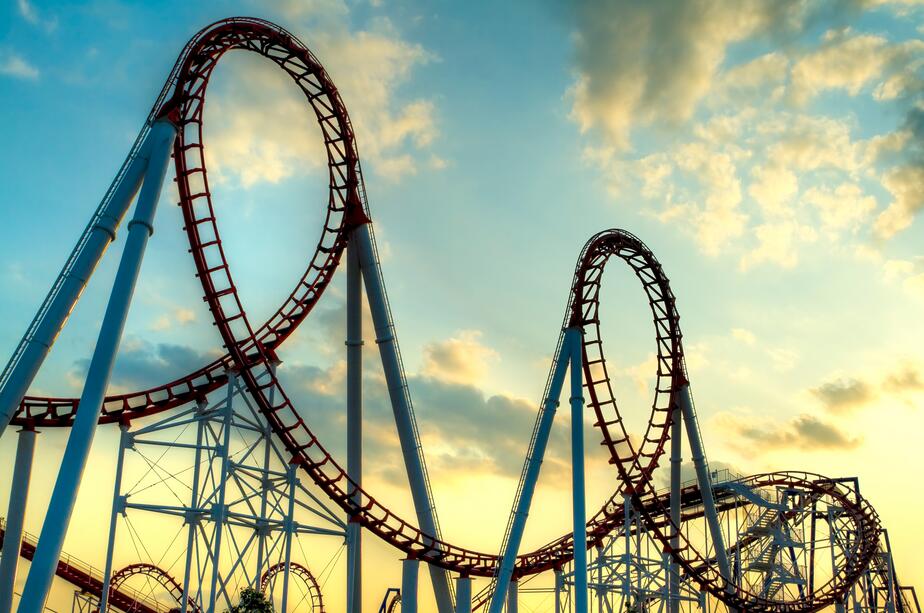Most people have seen or ridden on a roller coaster before. They are one of the most prominent rides at any carnival, state fair, or amusement park. Some of them are very small for kids, whereas others are extremely large, creating very dramatic experiences for everyone that writes them. There are many scientific principles at work with a roller coaster, the reasons that they are able to provide the thrill. Let’s look at the physics of roller coasters for a moment, along with a little overview of how they actually work.

The Physics Of Roller Coasters
Roller coasters are very unique because they incorporate many different forces at the same time, allowing them to create the rides that we all love today. First of all, a roller coaster is motivated by the force of gravity, something that starts the ride off once it is moved into place. Of course, there are motors that are propelling it forward, getting it to a position where gravity can take effect. The other component of science to look at is something called inertia, something that takes over once the downward motion of the carts on the roller coaster are taken over by gravity. The speed will build up, and then you will come to a turn where you will experience what is called centripetal force. This is the force that once to yank you out of your seat as you are flying around corners, something that is prevented by the safety apparatus keeping you in.
Different Techniques Used With Roller Coasters
As roller coasters have become more prominent, the amusement park industry has launched many different styles, utilizing different techniques. For instance, there is the catapult launching roller coaster, one that gets up to high speeds very quickly, a force that can actually keep you going through most of the ride best table lamps for computer desks. The hanging train designs are also very en vogue, the type that take you upside down. One of the largest that was created decades ago and Marriott’s Great America, at that time, was the most unique and frightening roller coaster of all time. The centripetal force, like a rotating ball that you are twirling on a string, pushes you into the roller coaster. Since that time the Demon was made, and many other large roller coasters that take full advantage of all of these scientific concepts. It is important, however, for every manufacturer, as well as the people that own and operate the roller coasters, to maintain top security standards. Otherwise, with the speed at which people are flying around corners, going upside down, sometimes in a DNA shaped spiral, the safety harness that holds people in needs to be checked every single day to make sure fatalities do not occur.
Now that you know a little bit more about the working principle of a roller coaster in regard to centripetal and centrifugal forces, as well as inertia and gravity, you can see that science does play a large role in the creation of these products which have become so popular today. The next time that you are in a roller coaster, you should recognize that the reason you’re having such a good time has to do with taking advantage of the forces of nature. Additionally, at the end of the ride, you need to consider that these forces need to be respected, which is what the safety harnesses do for you with every ride. More at http://amusementrides.org/roller-coaster-sale-beston-amusement/.